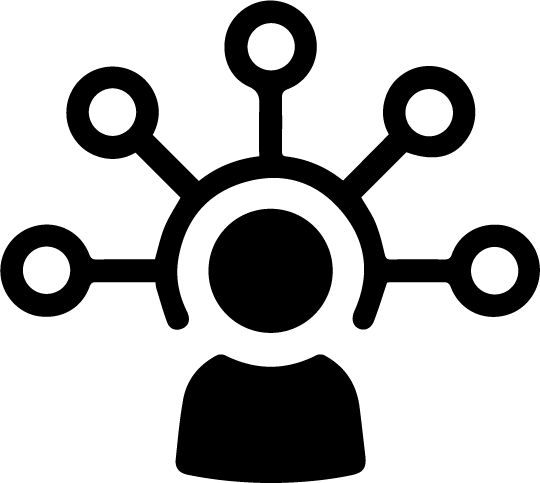The digital revolution and exponential growth of tech continually presents businesses with new opportunities and challenges. The increased digital workload stemming from the ever-increasing number of devices may pose a problem for organisations with a need for speed, limited bandwidth and cost or margin constraints. Businesses are increasingly searching for innovative computing solutions that enable them to use high quality data to facilitate informed decision-making, lower costs, all the while helping them to maintain a competitive advantage.
Enter Edge Computing: a game changer for trailblazers wishing to be closer to the action, and keen to provide an ever-improved customer and employee experience.
Similar to cloud computing, Edge computing involves the processing of data away from the source. But it brings a unique proposition…
Edge computing is a distributed architecture that runs workloads at the edge of the network, as close as physically possible to where the data originates (i.e. the end-user or device). By doing so, Edge computing brings cloud resources and capabilities closer to where the actual interaction is happening.
Sounds simple, but in being closer, Edge can offer speed and bandwidth that cloud alone cannot. And it hasn’t gone unnoticed – Gartner anticipates that 75% of data will be processed outside of traditional cloud or data centres by 2025.
Benefits of Edge
By processing data locally, Edge computing offers several advantages to traditional on-premise or cloud models.
Lower latency
With Edge computing, information does not need to travel to a remote cloud server. This means the data is processed more efficiently, and data-driven decisions and actions can be made faster – which can prove critical in scenarios ranging from decisions made by healthcare professionals to autonomous (driverless) vehicles.
Lower bandwidth usage
As the majority of the processing happens at the periphery of the network, the large volume of data generated by IoT (or other) devices does not all need to traverse to the cloud centre for processing. Besides lowering costs, this can also relieve bandwidth congestion, and improve network performance and operational efficiency particularly in areas of unstable or inconsistent network connectivity.
Reduced cost
Owing to this increase in data processing efficiency and reduced bandwidth usage, 64% of organisations responding to an IBM study contend that Edge computing helps them to lessen operating costs.
- Lower latency
- With Edge computing, information does not need to travel to a remote cloud server. This means the data is processed more efficiently, and data-driven decisions and actions can be made faster – which can prove critical in scenarios ranging from decisions made by healthcare professionals to autonomous (driverless) vehicles.
- Lower bandwidth usage
- As the majority of the processing happens at the periphery of the network, the large volume of data generated by IoT (or other) devices does not all need to traverse to the cloud centre for processing. Besides lowering costs, this can also relieve bandwidth congestion, and improve network performance and operational efficiency particularly in areas of unstable or inconsistent network connectivity.
- Reduced cost
- Owing to this increase in data processing efficiency and reduced bandwidth usage, 64% of organisations responding to an IBM study contend that Edge computing helps them to lessen operating costs.
Managing change when moving to the Edge
At Roberts Group, we take a human-centred approach to change. And whilst many organisations may be tempted to capitalise on the benefits of Edge, there are some key factors beyond just the tech to consider before taking the plunge. To name a few:
- Organisational readiness
- Understanding the maturity of your organisation and ensuring readiness for Edge is just as important as rolling out a functioning solution.
- Leadership alignment
- Getting all various leadership groups aligned to the vision, strategy and execution approach towards the move is vital when preparing your organization – which isn’t guaranteed to be easy!
- Existing roles, capabilities, ways and working and culture
- Changes to these all need to be considered when getting your business future fit for the change.
Ensuring your people and organisation is at the centre of the transition – by defining and managing a relevant Edge people and change strategy – is crucial to ensuring maximised value from investment in Edge and accelerated competitive advantage.
















































